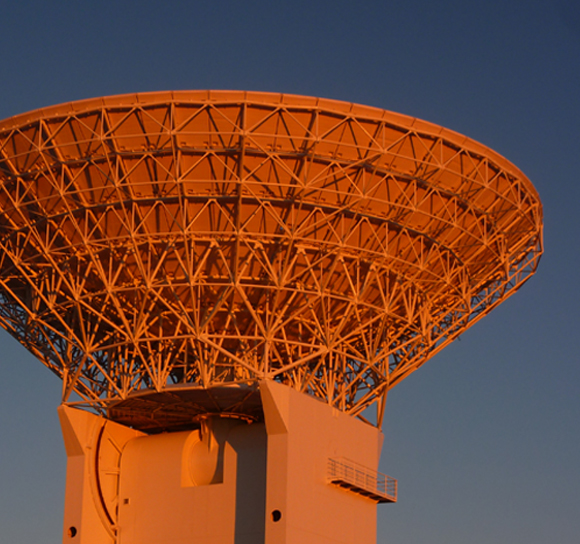ESA Technology Strategy
The space sector is in the midst of rapid, fundamental change
This change is triggered by an increasingly diverse and vibrant industry along with the emergence of new commercial opportunities and the full-scale integration of space into modern economies. ESA needs to invest now and focus its technology development and engineering efforts to seize these opportunities.
Technology is at the heart of any space activity and ESA’s Technology achievements are essential for Europe to reach its true potential in space.
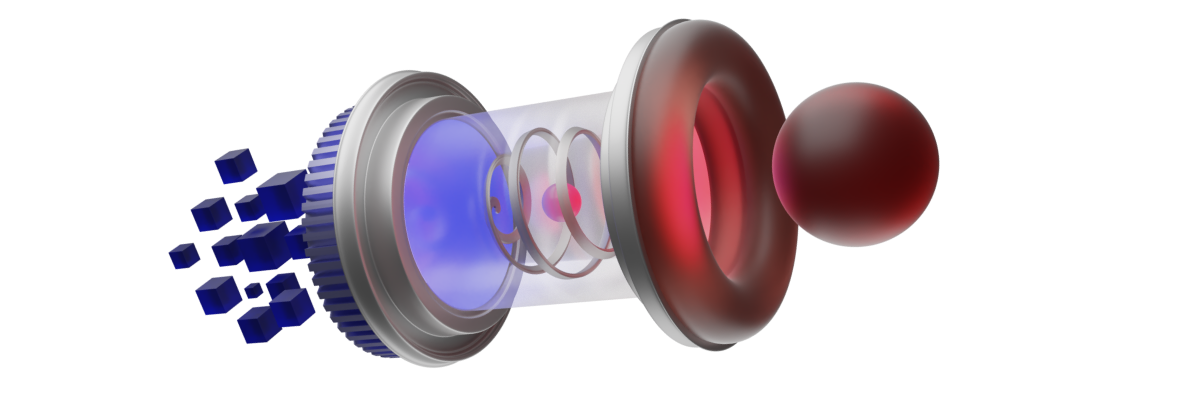
ESA's new Technology Strategy sets out ambitious targets
that are vital to keeping Europe at the forefront
of a fast changing space sector:
ESA's new Technology Strategy sets out ambitious targets
that are vital to keeping Europe at the forefront
of a fast changing space sector:
30% IMPROVEMENT
IN SPACECRAFT DEVELOPMENT
TIME BY 2023
30% improvement in spacecraft development time by 2023 by developing technologies that digitalise workflows, advancing technologies for increased flexibility, scalability and adaptability and developing processes that quickly introduce terrestrial technology into missions.
10X IMPROVEMENT
IN COST EFFICIENCY
A one order of magnitude improvement in cost efficiency with each new generation by reducing the cost per useful bit transmitted by telecommunications satellites, providing 100% service availability of positioning, navigation and timing services and making systems resilient to spoofing attacks, improving the resolution, accuracy revisit time and product delivery time of remote sensing missions and enabling transformational science and increased science performance.
2030 TARGET FOR INVERTING
EUROPE’S CONTRIBUTION
TO SPACE DEBRIS
Inverting Europe’s contribution to space debris by 2030 by ensuring that all ESA missions are environmentally neutral by 2020, developing the technologies necessary for the successful active removal of space debris by 2024 and enabling all ESA missions to be risk neutral by 2030.
30% FASTER development
30% faster development and adoption of innovative technology by focusing on technologies that enable new space-based capabilities and services investing in joint lab facilities with industry and research centres for faster spin-in from terrestrial sectors to space and increasing opportunities for technology demonstration and verification payloads.
The strategy reflects the technical expertise of ESA and is grouped by ten Competence Domains
The strategy ensures the different technology development programmes work together without overlap, and that ESA balances the demand for developing critical technologies, while also investing in game-changing ideas.
The implementation of this strategy requires substantial investment in skills and tools for technology R&D at ESA. It extends beyond the engineering community with impacts on procurement and processes.
Cross-Cutting Initiatives
At the core of ESA’s investment in the new, faster-paced space economy, there is the need to embrace digital engineering throughout all the design, development and exploitation phases for the reduction of cost; to reach shorter, more agile development cycles; and to enable innovative technology to be adopted into space systems much faster.
CLEAN SPACE
Focusses on technology which allows leaving the space environment in a better stage to future generation.
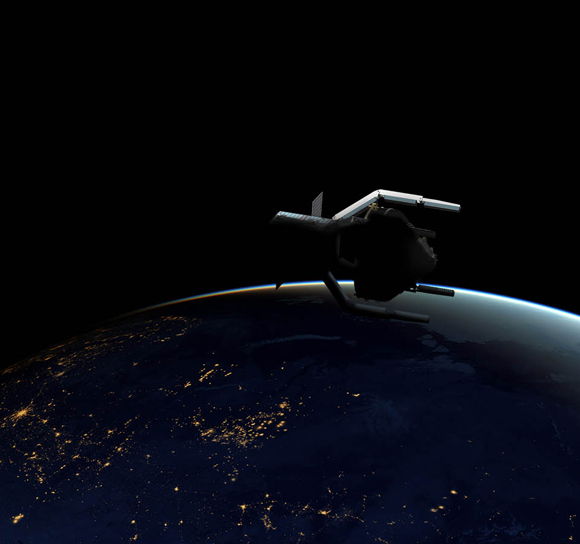
Advanced manufacturing
Identifies new materials and processes, and spins in disruptive materials and manufacturing processes from non-space industrial sectors.
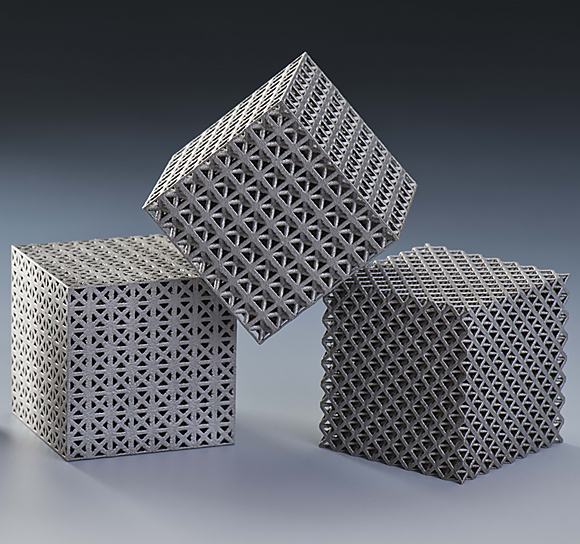
Digital design to produce
Develop, spin-in and demonstrate core technologies, which enable a digital engineering process flow from design to operations and data exploitation.
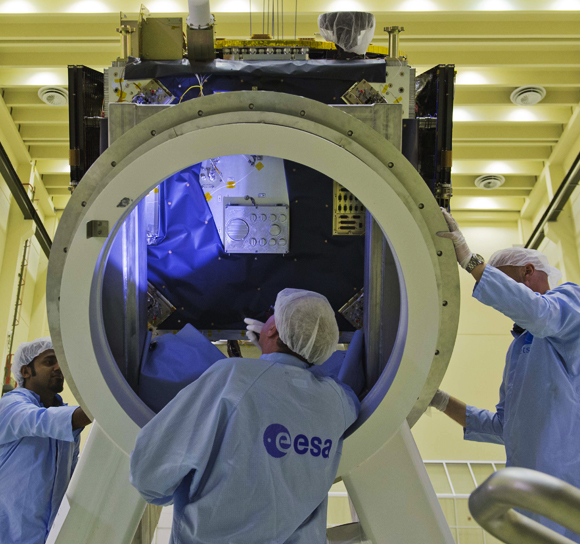
Cyber security
Addresses the vulnerability of the space system due to the increasing integration of space systems to larger ground systems.
